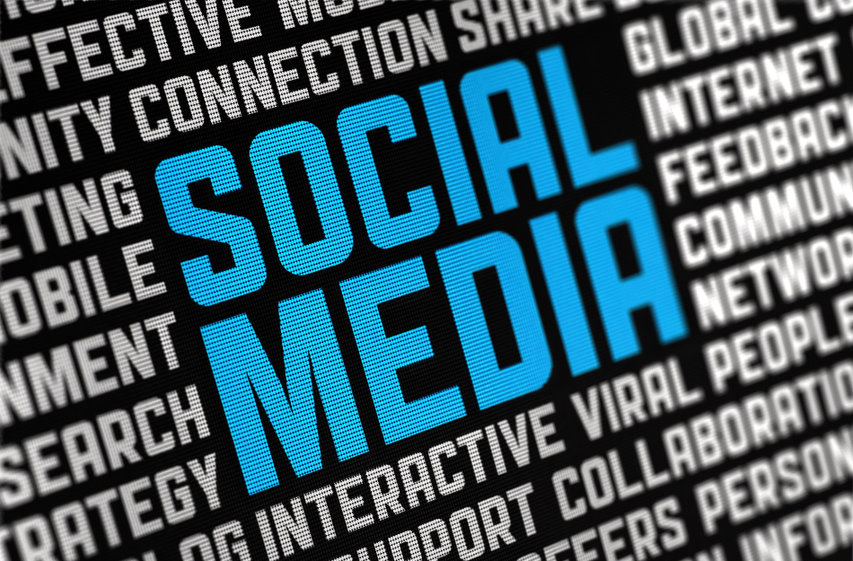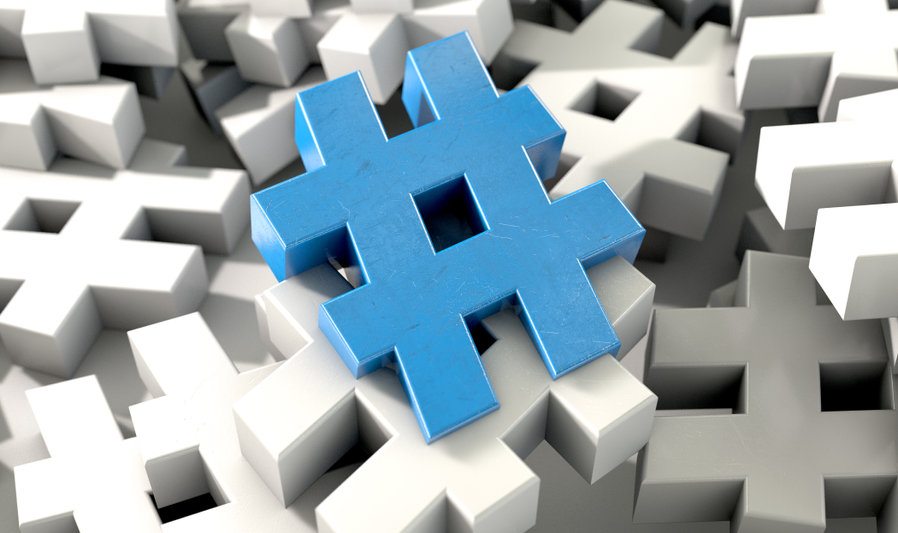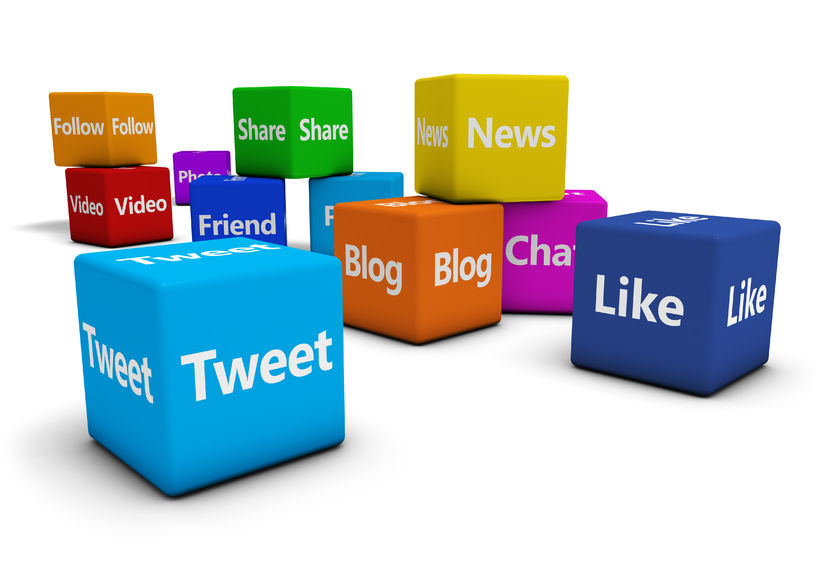
Just over half of the global population, 4.62 billion people, currently use social media. It’s no surprise that 93 percent of marketers worldwide are using social media for marketing, business development, customer service and growth-oriented projects. Social media encompasses well-known platforms such as Facebook, Instagram, LinkedIn and Twitter. It also spans various mediums such as YouTube, TikTok, Snapchat, Google+, Discord, Reddit and Pinterest. With so many ever-changing platforms, the terminology can become overwhelming. Here are 36 social media terms that every marketer needs to know.
Social Media Terms

- Analytics in social media is the process of collecting, analyzing and utilizing data from interactions across social networking channels. The analytics process aims to provide marketing, sales and business development teams with information to connect meaningfully with prospects and share valuable content. Analytics tools can be native to the social media platform, or external programs.
- Algorithm, broadly defined, is a set of instructions or steps a computer uses to accomplish tasks or solve problems. When it comes to social media, an algorithm is a process by which a social platform determines the content to display to a particular user and at a particular time. Every social media platform develops and continually optimizes its own algorithms.
- Backlinks are inbound links from another website to your website. Building a variety of backlinks with other relevant companies, publications and content creators is a highly effective way to boost SEO and site traffic.
- Blogs are popular digital content medium for organizations and thought leaders to share their expertise with audiences. They are typically informative and frequent and represent one of the top three most used types of marketing content. It’s important to consistently publish blogs on the company’s website and promote them via social media and other channels.
- Brand advocate refers to a customer who posts positive messages, leaves favorable reviews and supports your brand on social media. This encourages others to use your products and services through social proof.
- Chat, in digital contexts, is a live conversation with one or more individuals. Chats are typically text-based. They also can incorporate other media such as images. A chat might be embedded into a website, attached to another medium such as a video conference or live stream, or the focus of the application, such as WhatsApp or Facebook Messenger.
- Clickbait is content that uses manipulative copy—typically in the form of an attention-grabbing headline—to convince users to click on it.
- Click-through rate (CTR) represents the percentage of users who click on a specific link in a social media post or advertisement versus the total number of users who view it. This figure helps marketers understand the success of calls-to-action and messaging that resonates with readers.
- Comments are a form of engagement across social media platforms in which users provide text feedback to social media posts. Comments allow for free-flowing discourse and enable users to connect with each other and with brands.
- Connection is a term that refers to an individual, brand or organization you are “connected with” on social media. Connections are typically mutual between users.
- Content curation is the process of gathering information from varied sources relevant to a particular topic or area of interest, with the intention of adding value. Organizations often curate content from other companies or thought leaders via social media to create strategic connections and share valuable information.
- Conversion rate (CR) is the percentage of users interacting with social media posts or pages and then becoming a customer. Evaluating conversion rates leads to a better understanding of what is and isn’t working in your social media marketing.
- Cross-channel marketing is the process of sharing content across multiple social media channels.
- Direct message (DM) is a private communication sent from one social media user to another. The term is native to Instagram, but many platforms use it to refer to private messaging. There are varying limitations based on follower or connection status.
- Employee advocates are employees who engage with, share and advance social media content created and published by the organization they work for. Employee advocacy can boost social media followings, increase audience reach and add authentic voices to the conversation.
- Engagement rate is a social media metric that represents the degree of interaction users are motivated to take with a specific post or campaign. It is defined as the number of people who engaged with a post divided by the number who saw it. This rate can help define a post’s success.
- Followers are users who have opted to track and engage with your social media profile’s content. Followers do not have to be mutual in the way connections are. The number of followers is often a metric of a profile’s success, but high engagement from follows is key.
- Geotags allow tagging of social media posts to a specific location. Geotags can expose social media content to local audiences. They can make your organization visible to viable prospects, vendors and networks within specific geographical areas.
- Hashtags are utilized across most social media platforms to tag conversations as a part of a larger conversation based on a topic, group, event or viewpoint. For example, captions may include hashtags of brand names (#cocacola), people (#oprahwinfrey) or topics (#marketing). Hashtags are searchable and clickable and act as visible and intentional keywords to social media content.
- Impressions specifically refer to every time a social media ad or promoted post is “fetched from the server” and displayed on a social media network for a specific user. More simply, impressions measure how many times your post appears in users’ feeds.
- Influencers are social media users with a significant following who can drive awareness about a brand, product, trend or topic.
- Likes are a type of social media engagement that involves non-verbal support of a post. They have expanded to include varying reactions (love, surprise, anger, sadness, etc.) for users to select and typically are recorded as a list visible to the user and their followers.
- Live streaming refers to real-time video shared over the internet to public or private audiences. Typically, live streaming invites real-time interaction from the audience through chat and Q&A. Most social media platforms offer live streaming options within their application. External live streaming options, such as Vimeo and Brightcove, also exist.
- Mentions are another common function available across social media platforms that tag a specific user or profile within a post, comment or message. Often, they use the “@” symbol to directly link to that user and notify them of the mention.
- Native advertising is a type of paid social media marketing intended to blend in with organic social media posts by matching the style and format. These ads are still designated as “sponsored” but aim to connect more naturally with users accustomed to the content of the platform.
- Newsfeeds organize users’ recommended content in one place. Newsfeeds typically include new content from the profiles a user follows, trending topics and recommendations. Users can tailor their own news feeds or allow algorithms to take the lead.
- Optimization involves determining what content performs well on social media platforms and modifying your strategy to repeat that success.
- Reach refers to the total number of people who have been exposed to a social post or ad. It does not reflect the number of users who have actually seen your content.
- Retargeting is the practice of delivering personalized ads or other content to users who have interacted with your website, linking them back to your page.
- Search engine optimization (SEO) is the practice of optimizing your social media pages so they rank higher on a search engine results page. The goal is to increase the company’s visibility on platforms such as Google, Bing and Yahoo. Methods for SEO include keyword use and link-building.
- Social listening uses specialized software to track conversations around key topics, terms, brands and more. By gathering mentions, comments, hashtags and relevant posts, marketers can learn what users are talking about, where and how.
- Social selling is the process of using social media to connect with prospects to nurture a relationship of mutual support until a buying relationship becomes viable. Social selling does not focus on the sales pitch. Instead, it taps into your audience’s needs and wants and initiates conversations about relevant industry issues and the solutions you provide.
- Spam, in the context of social media, is an unwanted or repetitive type of post or engagement. It clogs feeds, inboxes and posts. It is common for users to report spam to social media administrative teams.
- Sponsored content is a type of promotional social media content made by users, influencers, other brands or celebrities and paid for by the seller of the product or service. It aims to connect brands to already-established audiences. Properly mark this type of content as sponsored, such as through hashtags like #ad or #sponsored.
- Trending is a descriptor for any topic, hashtag or search query that is popular on social media at a given moment in time. First popularized by Twitter, the term may refer to a topic across multiple platforms, or within a single platform, influenced by users’ location, demographic and interests. Social media platforms highlight trending topics on their homepage, or on a separate trending page.
- User-generated content is any type of content created by users of an online platform, whether they are individual consumers or business representatives. This type of content results in others promoting your brand rather than your brand promoting itself.
Stay on Top of the Ever-Changing Channel

Social media is a constantly evolving channel that invites innovation from its users and its creators. This means the language of the medium is constantly changing, too. This list of social media terms and definitions doesn’t encapsulate every essential social media term. It does provide a foundation to propel your social media expertise further. Use language, terminology and techniques to communicate that understanding across your organization and to your target audiences.
